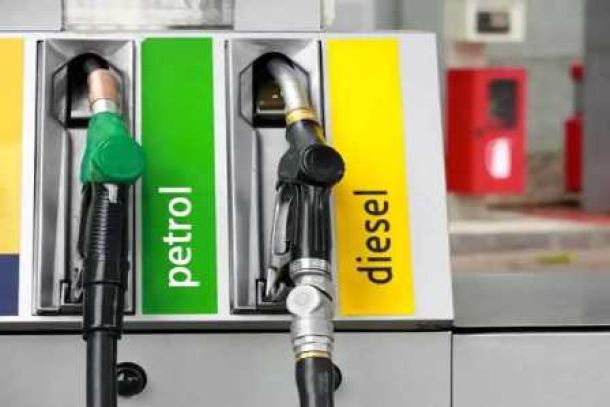This graph shows how BEE has failed in South Africa
Government has published a 25-year ‘review’ focusing on the progress made by South Africa since democracy in 1994.
One of the key focuses of the report is inequality, with the review finding that South Africa is currently the most unequal society in the world in terms of the Gini coefficient.
The gini coefficient is a single number aimed at measuring the degree of inequality in a distribution. It is most often used in economics to measure how far a country’s wealth or income distribution deviates from a totally equal distribution.
This measurement shows that between 1996 and 2001, inequality increased from 0.68 to 0.7314, and decreased from 0.72 to 0.68 between 2006 and 2015.
Two of the key ways that the government aimed to redistribute wealth post-1994 was through employment equity schemes and taxes, the review states.
“To deal with income inequality, among other measures, government did away with race and gender-based salary and benefits discrimination in the public sector.
“The policy of affirmative action, in both the public and private sectors, was aimed at providing redress so that more black people and women are able to access job opportunities, especially in the professional and management levels.”
While taxes were effective to some degree, government admits that empowerment schemes have largely not been successful.
“Annual household income has overall increased by 273.9% over the 25 years,” it said.
“However, racial and gender inequality persisted, which looks at income streams based on race. On average, white-headed households still spend 5.1 times more than and earn 4.7 times more than African headed households.”
The review states that the system of income tax, as well as Value Added Tax (VAT) exemptions, has provided some relief to lower-income earners.
VAT, which was introduced in 1991 at 10% was raised to 14% in 1993 and to 15% most recently.
“VAT, however, affects disadvantaged poor black workers, who live far from work, disproportionately,” it said.
“Basic services rates have had progressive intentions with free (but limited) services for poor households in areas such as water and electricity.
“For top income brackets, who during the last three decades of apartheid paid a marginal rate of 50% in the 60s, around 60% in the 70s and 55% in the 80s, the tax rate went down to 41% in 2015/2016.”
Company tax rates dropped from 50% in 1990/1991 to almost half by 2014/2015, it said.
“Despite this, the bottom 60% of the population’s wealth index remains 8.3% of total wealth.
“Empowerment schemes as part of Black Economic Empowerment (BEE) policies had a negligible effect in redistributing wealth.
“The growing black middle class have accumulated assets, but South Africans remain highly indebted, with consumer debt totalling nearly R1.7 trillion in 2018, nearly as much as the government’s debt of R2 trillion.”
News Category
- International retailers
- On the move
- Awards and achievements
- Legislation
- Wine and liquor
- Africa
- Going green
- Supplier news
- Research tools
- Retailer trading results
- Supply chain
- Innovation and technology
- Economic factors
- Crime and security
- Store Openings
- Marketing and Promotions
- Social Responsibility
- Brand Press Office
Related Articles

Shoprite increases executive pay as consumers t...

Unions slam SA retailers for ‘profiteering’ as ...

Major Petrol Price Changes on the Horizon

Retailers not cutting food prices fast enough -...



